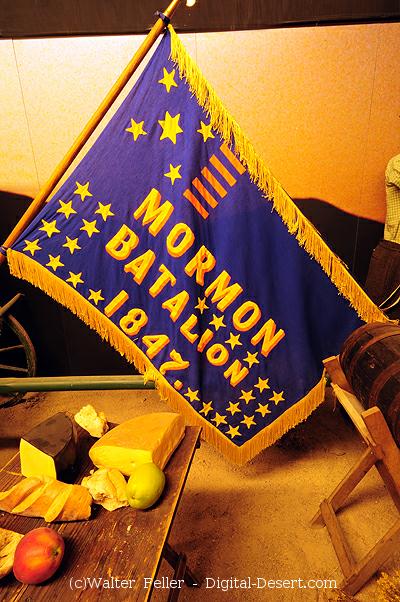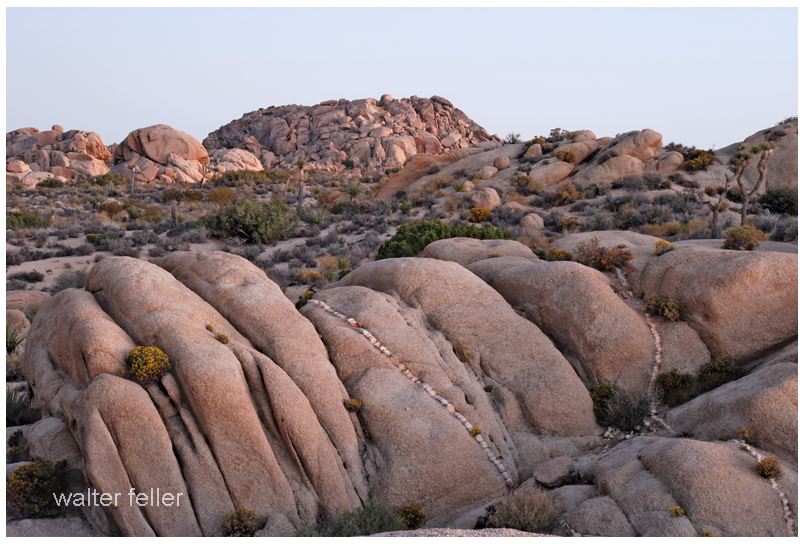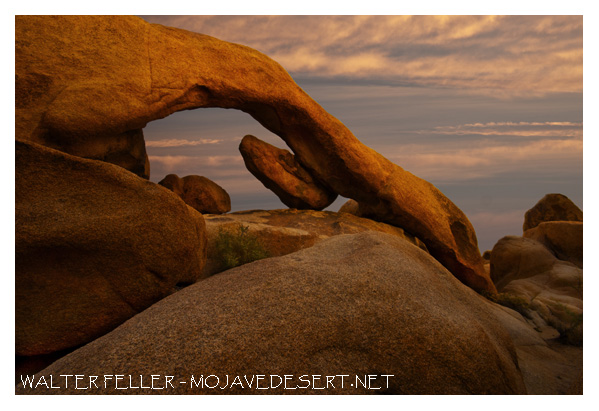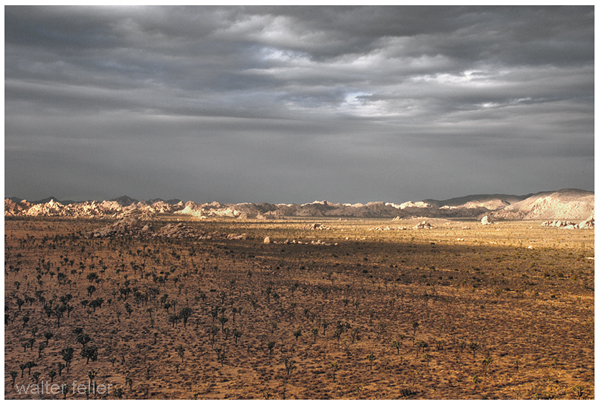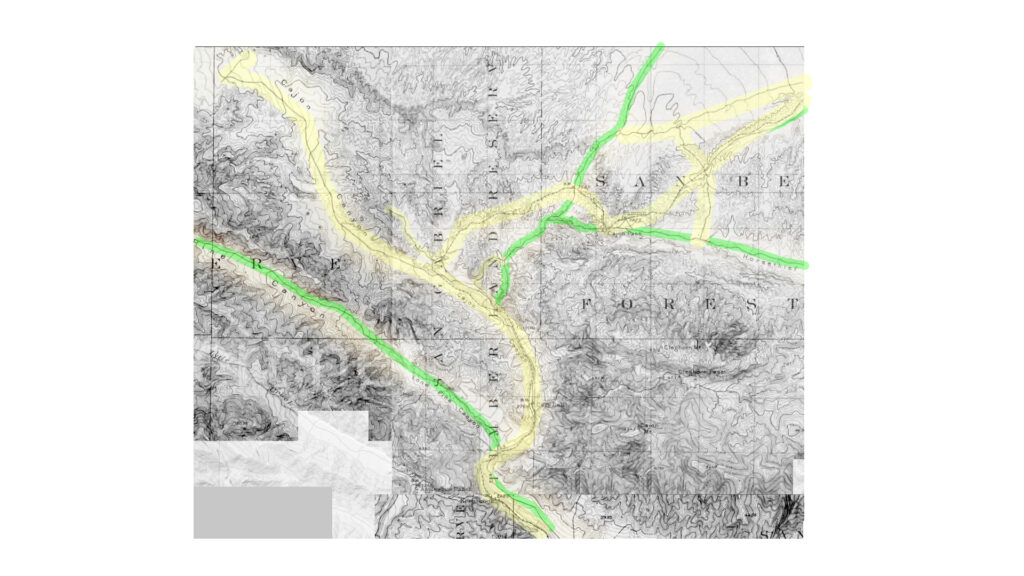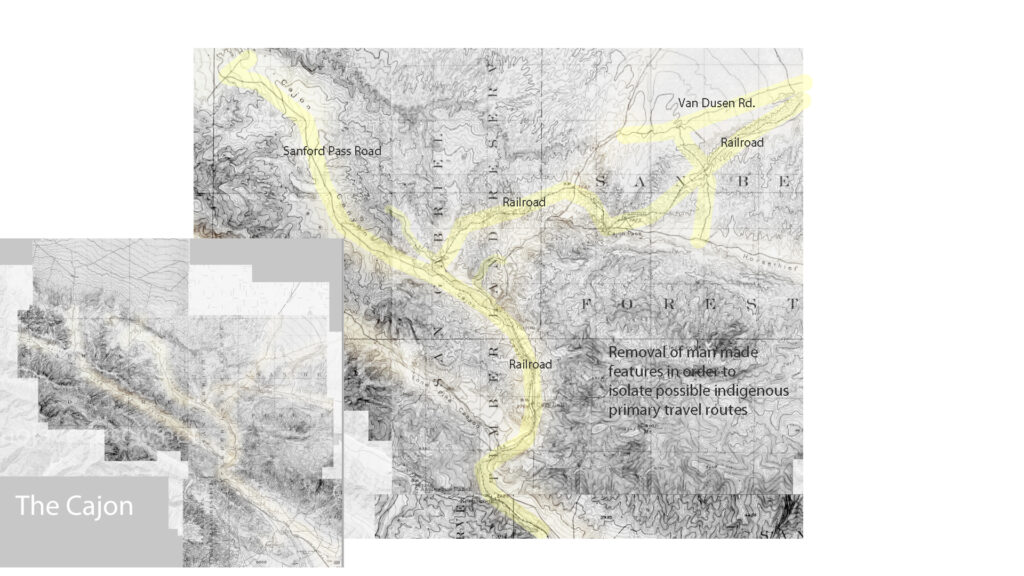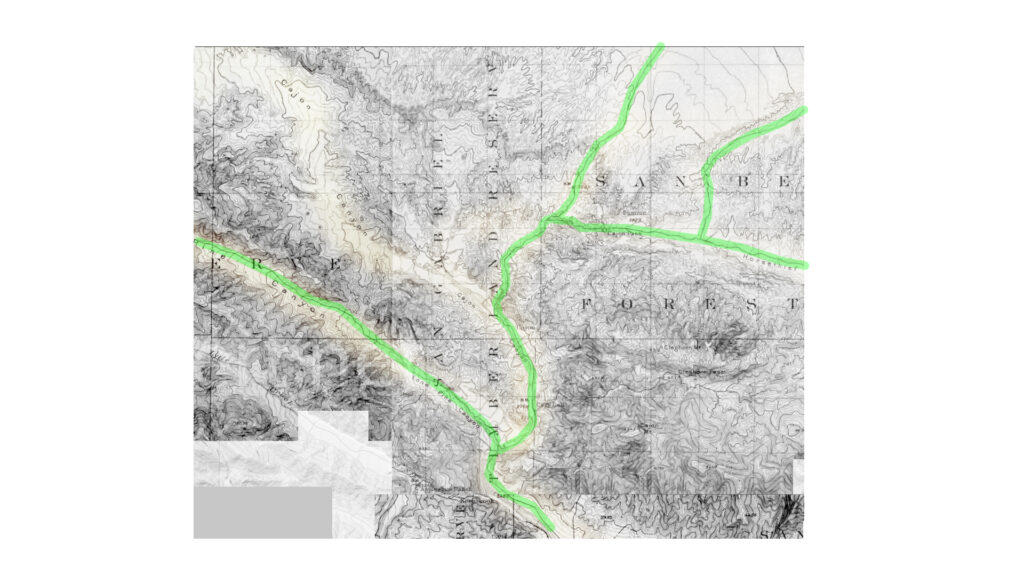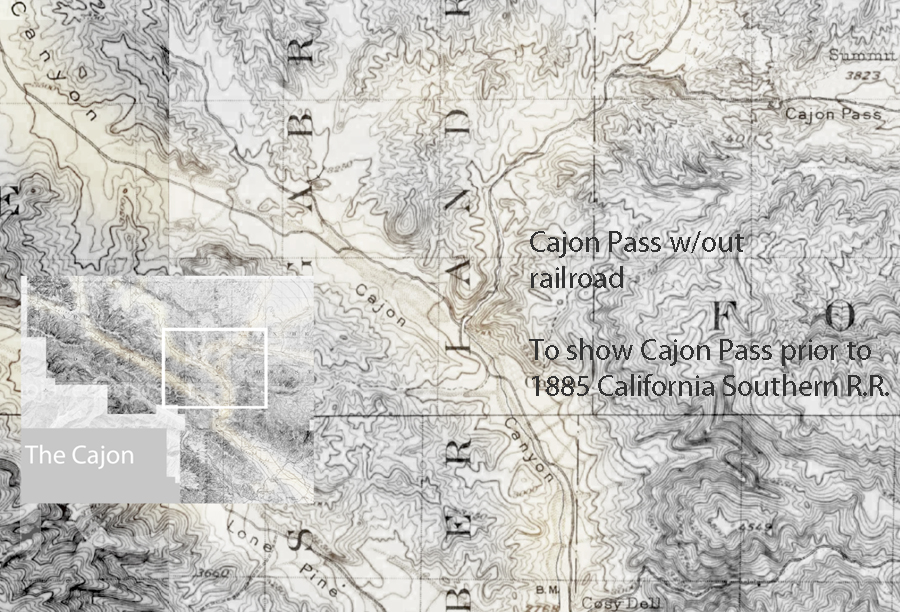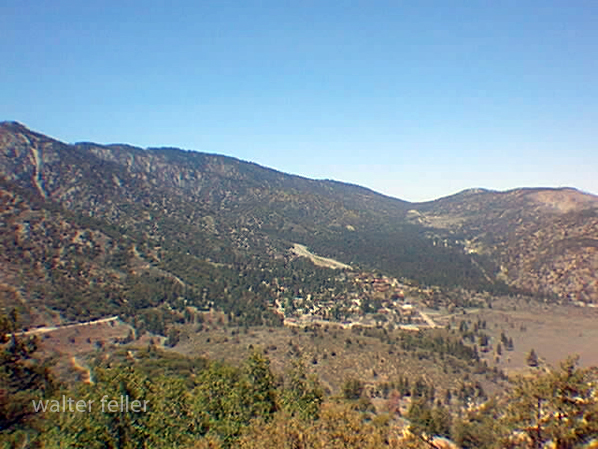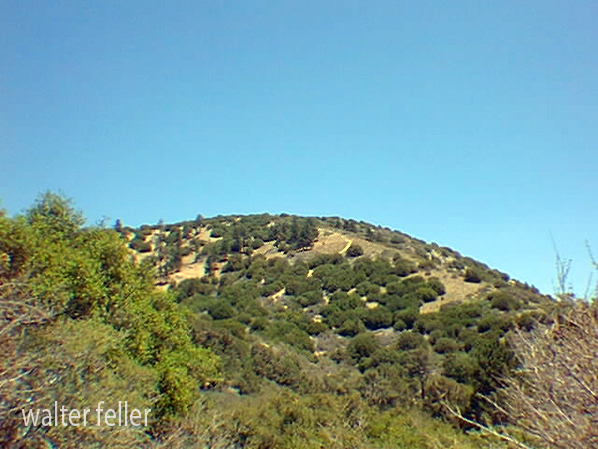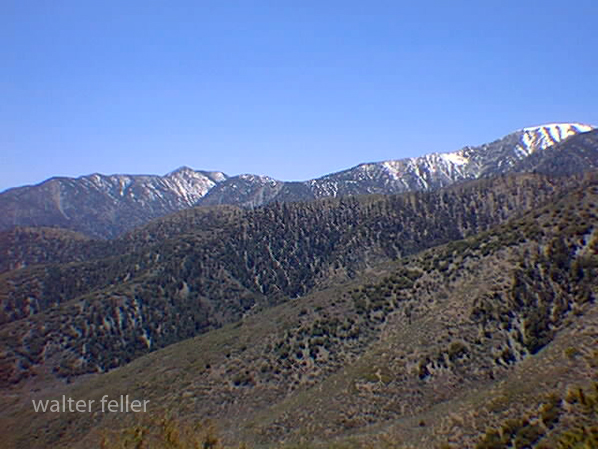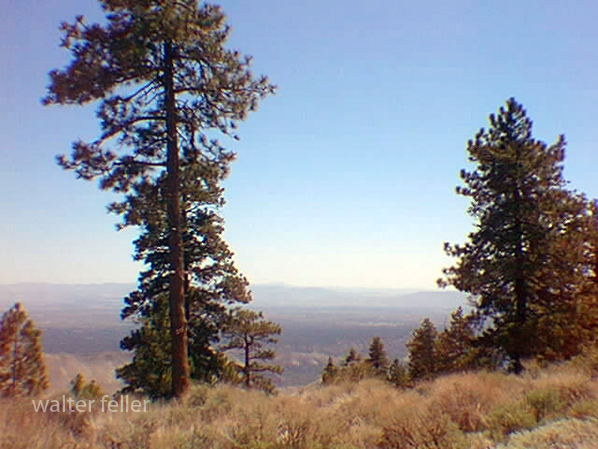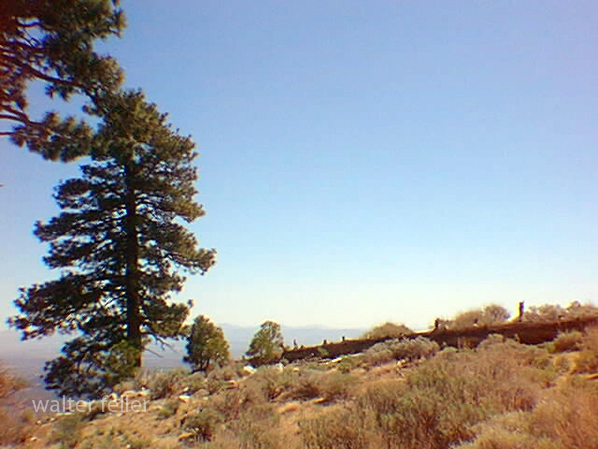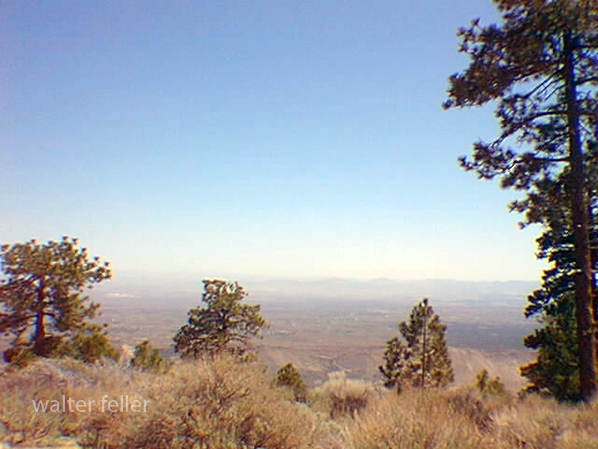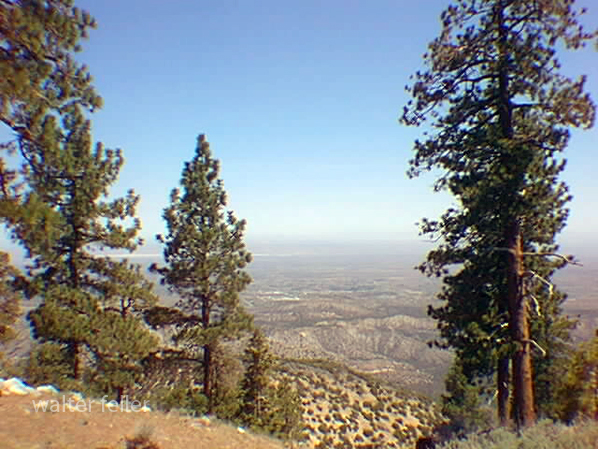Two stories about water, its availability, and value
Not long ago a respectable citizen of a little California town had to cross the desert at a point where water-holes were few and far apart. He depended upon obtaining water at a certain ranch, established at one of the oases on his route, and when he arrived there he and his guide and burros were in sad condition, having been several hours without water. He gave his guide a five-dollar gold piece and told him to see the rancher and purchase the water necessary to carry them to the next watering place. It happened that the rancher’s well was in danger of going dry, and he declined the money, refusing to part with any water. Pleadings were unavailing, and the guide returned to his employer and reported his inability to make a deal. Then the staid citizen arose in his wrath and, with a ten-dollar gold piece in one hand and a revolver in the other, he sought the rancher.
“There is ten dollars for the water, if you will sell it,” he said; “and if not, I will send you to Hades and take it, anyway! Now which will it be?”
There was but one reply to an argument of that kind ; the rancher sulkily accepted the money, the brackish water was drawn from the well, and the journey was soon resumed. As a result of this transaction, however, the rancher was obliged to take a forty-mile journey over the desert and back, to replenish his water-supply from another well.
John F. McPherson, of Los Angeles, manager of the Nevada Land Office, left Los
Angeles, in August, 1900, to traverse the Great Mojave Desert, on his way to look over the lands in the Parumph Valley, in Nevada. His experience, which was by no means uncommon, is best related by himself.
“I left Los Angeles by team,” he says, “to retrace the Government surveys and make field notes. I had with me two companions, one Samuel Baker and a young man from the East. We proceeded over the foothills to Cajon Pass, thence to Victor, out on the desert. It was in the burning days of a fierce, dry summer. The earth was fervid, and the air quivered with the sun’s intense heat, which poured its burning rays from a cloudless sky. Bad luck accompanied us from the very start. At Pomona, thirty miles from Los Angeles, we lost a horse and had to purchase another. At Daggett, out in the desert, which place we reached on the second day of our desert travel, we found the thermometer registering 128 degrees in the shade. We passed through Daggett and made camp ten miles
farther on, at dark.
“Eighteen miles beyond Daggett is Coyote Holes, where we expected to find water to replenish the supply with which we left Daggett at seven o’clock in the morning. We found the well dry when we reached there, and the place red with alkali. Near the well, two pieces of two by four scantling marked the grave of some traveler who had preceded us and who had run short of water before reaching the Holes. He had arrived too far gone to go farther, and his companions had remained with him till the end and had given him a burial in the sand and set the scantlings to mark the spot. Those scantlings proved our salvation a little later.
“By noon we had consumed all but about three gallons of our water -and we determined to save this till the last extremity, for we had yet eighteen miles to go to the next watering-place, Garlic Springs. Our horses were already in bad shape and nearly crazed for want of water. In their eagerness to reach it they plunged forward at a pace that threatened soon to exhaust them. Our efforts to restrain them by means of the reins were unavailing, and we were obliged to take off our coats and throw them over the heads of the animals and then lead them by the bits in this blinded condition.
“Just beyond Coyote Holes, on the road to Garlic Springs, is a fearful sink known as Dry Lake. Here the ground is shifty and treacherous and the wheels of the wagon sank deep into the sand. Just as we had reached the farther side of the lake the forward axle of the wagon broke, letting the front part of the wagon fall to the ground. This frightened the horses so that they became almost unmanageable. They seemed to realize that this delay meant possible death, and their cries were almost human-like and were indeed pitiable to hear.
“By this time the condition of my companions and myself was dire, and we realized that time was of the greatest importance. The thermometer registered 130 in the shade and no available shade. To add to our misery and increase our danger a terrible sand storm arose, blinding, stinging, and almost smothering us.
“It was like standing before a blast furnace, opening the door, and catching at the blast. There were 1600 pounds of provisions in the wagon at the time, and
if we abandoned that, we would perish of starvation. It could not be thought of. “We unhitched the horses and tied them to the wagon’s rear and stretched the heavy canvas which had covered the wagon over them to protect them from the sand storm. Our salvation lay with the horses. If they became exhausted or broke loose, we knew our bones would be left to bleach upon the desert sands, as have the bones of so many desert travelers.
“The young Easterner lost his courage and cried like a baby. The three gallons of water were divided among man and beast, and then Baker started back to Coyote Holes to get the two pieces of scantling to mend our broken wagon. While he was gone, the young Easterner and I threw the freight from the wagon to make ready for trussing up the rig when Baker returned with the scantlings.
” The storm continued to increase and soon became as dark as midnight. When it came time for Baker’s return, the storm was so high that we feared he would have perished in it or had lost his way. Hour after hour passed, but he still did not return, and we lost hope. At about 9 o’clock in the evening, however, he came into camp with the scantlings. His mouth was bleeding from thirst, and he was nearly blinded by the sand, but he had the material to repair the wagon, and hope returned to all our hearts.
” With stout wires and the timbers, we soon had our wagon in shape, and the freight was speedily loaded upon it, and we prepared to resume our journey. Our
ill luck, however, was not at an end, for when we attempted to attach the tongue of the wagon, the kingbolt was not to be found. It was midnight when we had our wagon repaired and loaded, and it was two o’clock before we succeeded in pawing the kingbolt out of the sand where it had fallen. Then we had twelve weary miles to travel before reaching the water. We were all in a terrible state when we started, and the wagon sank so deeply in the sand that our progress was fearfully slow.
“Twenty-four hours without water in the desert is a terrible thing. Baker went mad before we had covered half the distance to Garlic Springs. He was for abandoning the party, which meant certain death to one in his condition. There was only one thing I could think of to prevent him, and I did. I pulled out my revolver and told him I would shoot him if he attempted to leave the party. He had enough sense or sanity to heed the admonition and stayed with us. I had to carry my revolver in my hand, however, and constantly keep an eye on him. We reached the springs at ten o’clock and were all on the verge of delirium. It was several hours before our swollen and parched throats would admit more than a few drops of water at a time. We bathed in the water, soaked towels in it and sucked at the ends, and by degrees, fought away the demon of thirst. Baker spent five weeks in a hospital after reaching civilization, and we all were unfitted for hard work for a long time.”
It is easy to gather tales of this sort from the towns bordering upon the deserts. There are still more disastrous tales that remain untold because none survive to relate them.
From:
The Mystic Mid-Region
The Deserts of the Southwest
By Arthur J. Burdick – 1904
